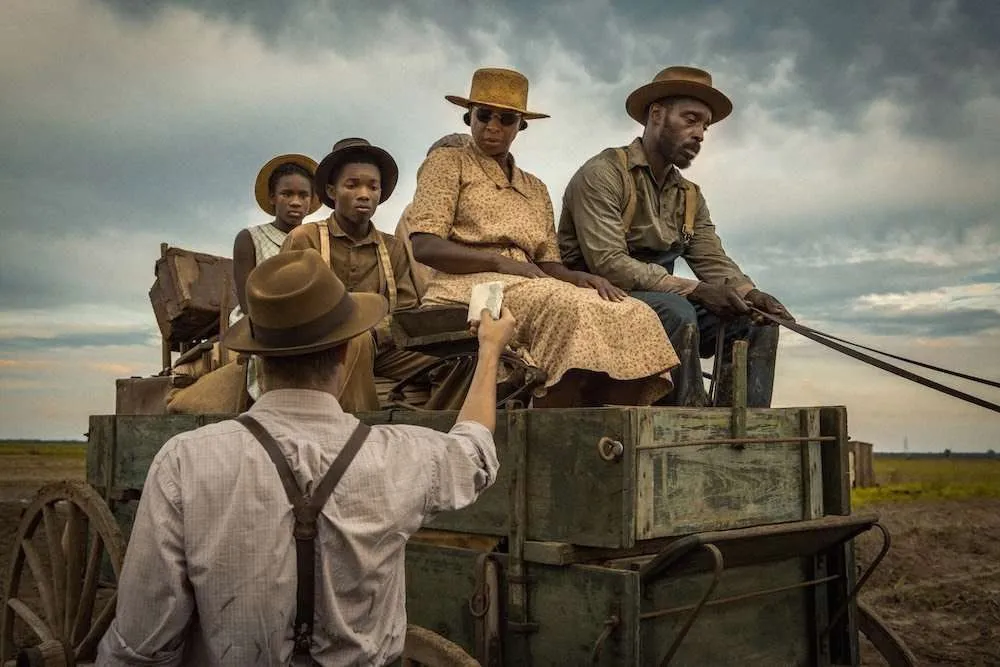Featured
Black Food Innovators that Changed Food History Forever

African Americans have contributed immensely to various innovations in America, from the first home security system to the first blood bank. But what about the food industry? The 5 innovators we have for you in this episode have had integral parts in transforming food in America and worldwide.
There are more African American innovators, chefs, and scientists that have played a great role in shaping American food than the ones we will talk about today. If you’re interested in the subject, we encourage you to do your own research to learn more.
James Hemings
James Hemings was a slave owned by Thomas Jefferson before his presidency. He traveled with Jefferson to France in 1784 at the age of 19 to specifically learn the art of French cuisine. Even though Jefferson is sometimes credited for bringing foods like the mac & cheese and ice cream to America, it was James Hemings that actually learned to make them.
Hemings learned the art of french fries, ice cream, mac and cheese, and creme brulee among other dishes while he was in France for 2 years. He became the first American trained as a French chef. Hemings worked as a chef for Jefferson in New York and Philadelphia and was actually paid to do it.
Jefferson offered Hemings his freedom if he was to return to Jefferson’s residence, the famous Monticello, and train another chef. And that’s exactly what Hemings ends up doing to earn his freedom.
RELATED: Juneteenth: 5 Things You Didn’t Know About The Holiday
George Crum
The invention of potato chips was accidental. In fact, legend has it, it was born out of spite. George Crum was a chef at the Moon Lodge resort in Saratoga Springs in the summer of 1853. A customer sent back his french fries claiming they were not thin and crispy enough. Out of frustration, Crum sliced the potatoes very thin, fried them, and sent them back out to the customer. The rest is potato chips history.
Crum never patented the dish, but he is credited for the invention. He went on to open his own restaurant called Crumbs House that served a basket of chips at every table. Potato chips did not become a grocery product until 1895 and bagged chips were not on the market until 1926.
Madeline M. Turner
Juicers are so common now that it’s hard to imagine that all juicing was one done by hand.. Madeline M. Turner, a Black woman from Oakland knew that there must be a better way to enjoy fresh fruit juice everyday. That’s when she invented Turner’s Fruit-Press, the original fruit juicer that all modern juicers are based on. In April of 1916, Turner was granted a patent for the juicer.
The Turner Fruit Press was first put on display at the Panama-California Exposition in San Diego. Thanks to Madeline Turner, the juicer is now an integral part of a business empire that have launched multi million dollar juicing companies like juice bars.
George Washington Carver
Contrary to popular belief, George Washington Carver did not actually invent the peanut butter. But he did invent 300 different uses for peanuts in an effort to encourage farmers to plant peanuts. In the late 1800s and early 1900s, growing cotton had depleted farms and fields in the South. Carver being an agricultural scientist and inventor urged farmers to plant peanuts because it could restore the nitrogen in the soil and provide protein as well, a much needed nutrition to a balanced diet.
At the time, there was very little demand for peanuts as there were not too many products on the market that used peanuts. To solve that problem, Carver went to work researching and developing hundreds of products that use peanuts. He expanded the commercialization of peanuts and saved the agricultural economy of the South at the same time.
In 1943, President Franklin D Roosevelt had a monument built for Carver, which was the first national monument dedicated to an African American.
Joseph Lee
Joseph Lee worked in a bakery from a young age. In an effort to minimize bread waste, he invented a machine that would convert day old bread into breadcrumbs that could be used in other recipes. This was a groundbreaking invention and the machine spread across the world. The invention was patented in 1895 and Lee later sold the rights.
Lee also went on to patent the idea for an automatic bread maker that mixed and kneaded the dough. That idea is the basis for the modern day stand mixer that is used in households today. Joseph Lee was also the owner of two restaurants in Boston as well as a hotel and catering company.








